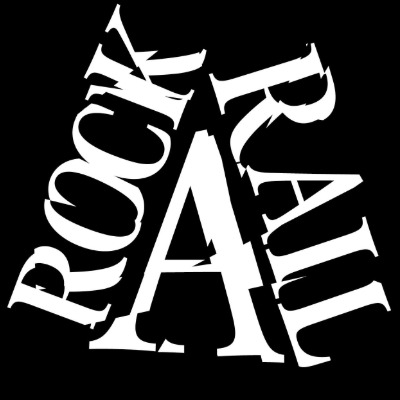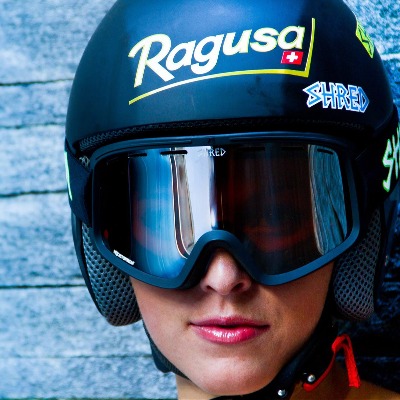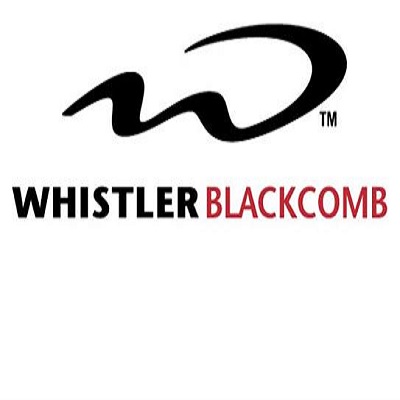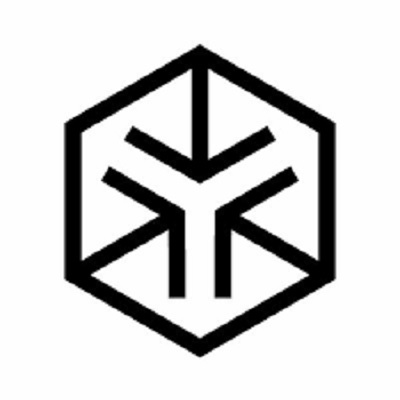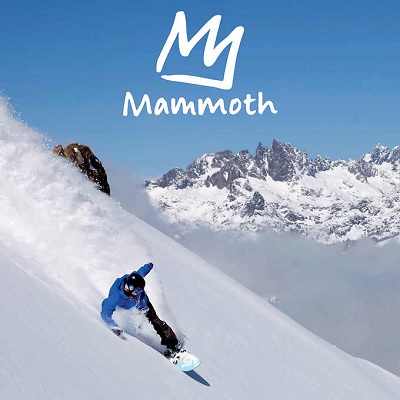Primaloft Next: Lightweight Warmth And Best-In-Class Breathability; Evolve Series, Mimicking Animal Fur, Is First In The Platform
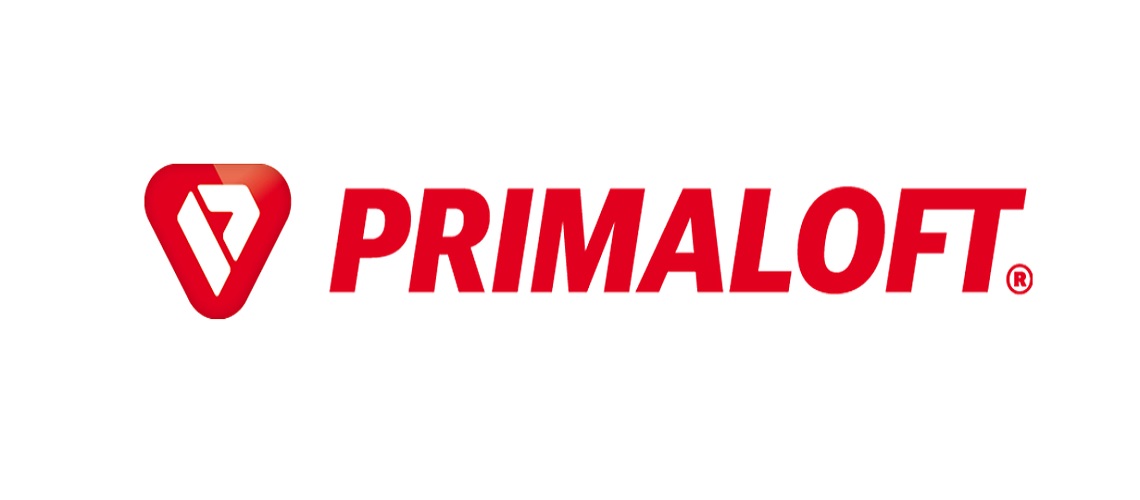
PrimaLoft, Inc has introduced PrimaLoft NEXT, a brand new, innovative textile platform that combines the thermal advantages of insulation with the versatility of fabric. PrimaLoft NEXT provides unmatched freedom for the design of garments that deliver lightweight warmth and breathability, without the bulk. Available beginning summer 2020, the PrimaLoft NEXT Evolve Series is the first collection within this platform, and will be on display at Outdoor Retailer Summer Market, booth #56006-UL.
“PrimaLoft NEXT was created to meet the demands of designers and consumers striving for individuality within a sea of sameness,” said Mike Joyce, president and CEO of PrimaLoft. “It is a hybrid solution that leverages the benefits of insulation with the flexibility of fabric, inviting experimentation by designers seeking to break away from the standard look of insulated apparel.”
Designers adopting the PrimaLoft NEXT platform will immediately realize a higher level of creative freedom. An increased resistance to fiber migration enables greater flexibility to pair with open structure fabrics, and its durability allows for dyed options that provide unique color opportunities. Uninhibited by restrictions in fabric pairings or quilting requirements, designers can experiment with colors, textures and silhouettes to create distinct designs. In addition to pairing with shell and liner fabrics, next-to-skin and stand-alone applications are also possible.
For consumers, PrimaLoft NEXT will result in all-season garments that deliver lightweight warmth when at rest, and extreme breathability when active. Aesthetically, apparel featuring PrimaLoft NEXT products will allow consumers to choose from a much wider array of unique styles and color palettes, while providing high levels of performance.
PrimaLoft NEXT Evolve Series Mimics Animal Fur
The PrimaLoft Evolve Series, available beginning summer 2020, is the first product family under the PrimaLoft NEXT platform. Modeled after the structural benefits found in nature, the Evolve Series leverages biomimicry to engineer a unique series of products that emulate biological processes. Mimicking properties found in animal fur, the products in this series are constructed with fibers of differing lengths and deniers to create natural highs and lows in the material. This produces highly open structures that maximize airflow when on the move, and air entrapment when at rest, for optimal thermal performance. The result is a thermoregulating system that behaves like multiple layers, without the need for layering. The Evolve Series will be available in both natural or dyed options, as well as in four different constructions of varying weights and textures.
Schöffel, a European brand with a discerning focus on the most innovative fabrics and techniques, has signed on as an early adopter of the PrimaLoft NEXT Evolve Series. The OutDoor by ISPO Textrends Award has also recognized PrimaLoft NEXT as “Top 5” in the fibers and insulation category.
PrimaLoft has prioritized reducing environmental impact and consistently strives to diminish its footprint. As such, the PrimaLoft NEXT Evolve Series includes options utilizing 58-71% post-consumer recycled (PCR) content, without sacrificing performance. The PrimaLoft NEXT Evolve Series is also bluesign and Oeko-Tex certified.
Comprised of 100% polyester, the PrimaLoft NEXT Evolve Series may be chemically recycled for use in a circular economy. The chemical recycling process breaks down polyester to its basic components so that it can be rejuvenated into a new high-performance material without compromising its original integrity. Circularity, or a circular economy, is an economic system aimed at minimizing waste and re-capturing usable resources for reuse within the system. This eliminates the need to introduce fresh, natural resources and creates a closed loop. A circular economy represents a more sustainable option, in contrast to the “take, make, dispose” method of resource utilization.










